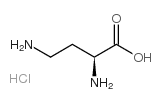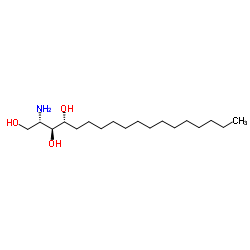| Structure | Name/CAS No. | Articles |
|---|---|---|
 |
H-Dab.HCl
CAS:1482-98-0 |
|
 |
4-(4-aminophenyl)aniline
CAS:92-87-5 |
|
 |
Phytosphingosine
CAS:554-62-1 |